The team at Yahoo! Life is right — water bottles are so much more than just a bottle. In fact, they’re a fashion statement, an evergreen “trend,” and a part of identity, for many.
But should they be? There’s no real reason not to love your cup collection, so long as it’s washed. Unwashed cups can lead to pretty serious infections.
Is the Risk Worth the Payoff?

For those who are already grossed out, you’re likely wondering — is the risk worth the payoff, or should everyone just stick with plastic?
You technically could. However, plastic bottles can have thousands of teeny pieces that break off into the water — compromising your health in the long term.
The Importance of Cleaning
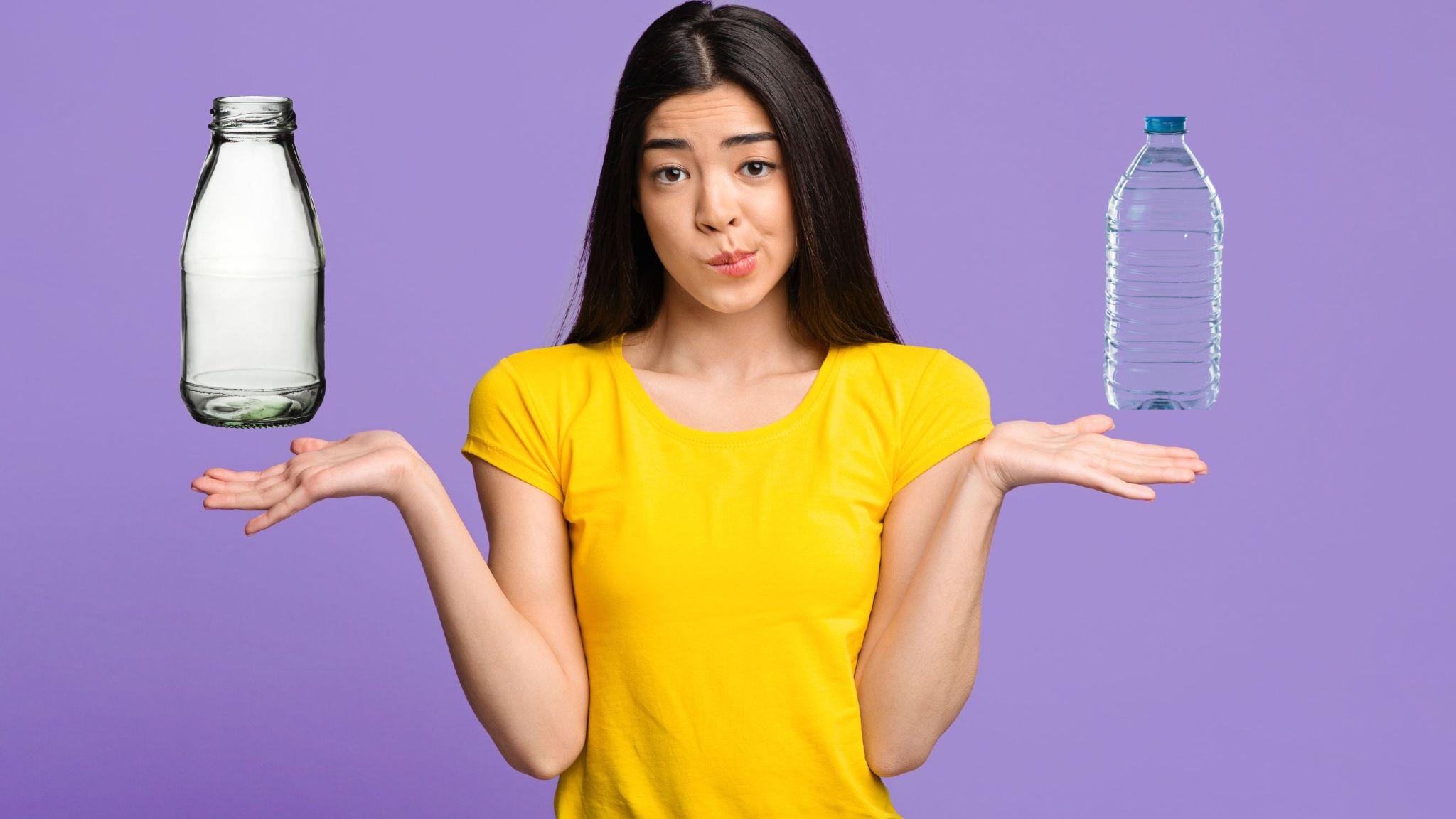
The resolution to this setup is frustrating for many. They might feel like they have to choose between microplastics, their health and safety, or dehydration. Thankfully, there is a third option:
Cleaning your non-plastic cups thoroughly and often. Keeping up on a cleaning schedule can keep pathogens at bay, and it might even help your cup taste better, too!
Where Do the Germs Come From Anyway?

Many might wonder where the heck the germs come from (since it’s just water in your bottle). It’s a valid question, after all!
Dr. Alex Mortensen weighed in on the matter with Yahoo! Life, stating that the moistness of the water bottle (especially if it’s half-drunk and exposed to heat) leaves the perfect breeding ground for opportunistic bacteria.
Wait, So Will I Get Sick Now?
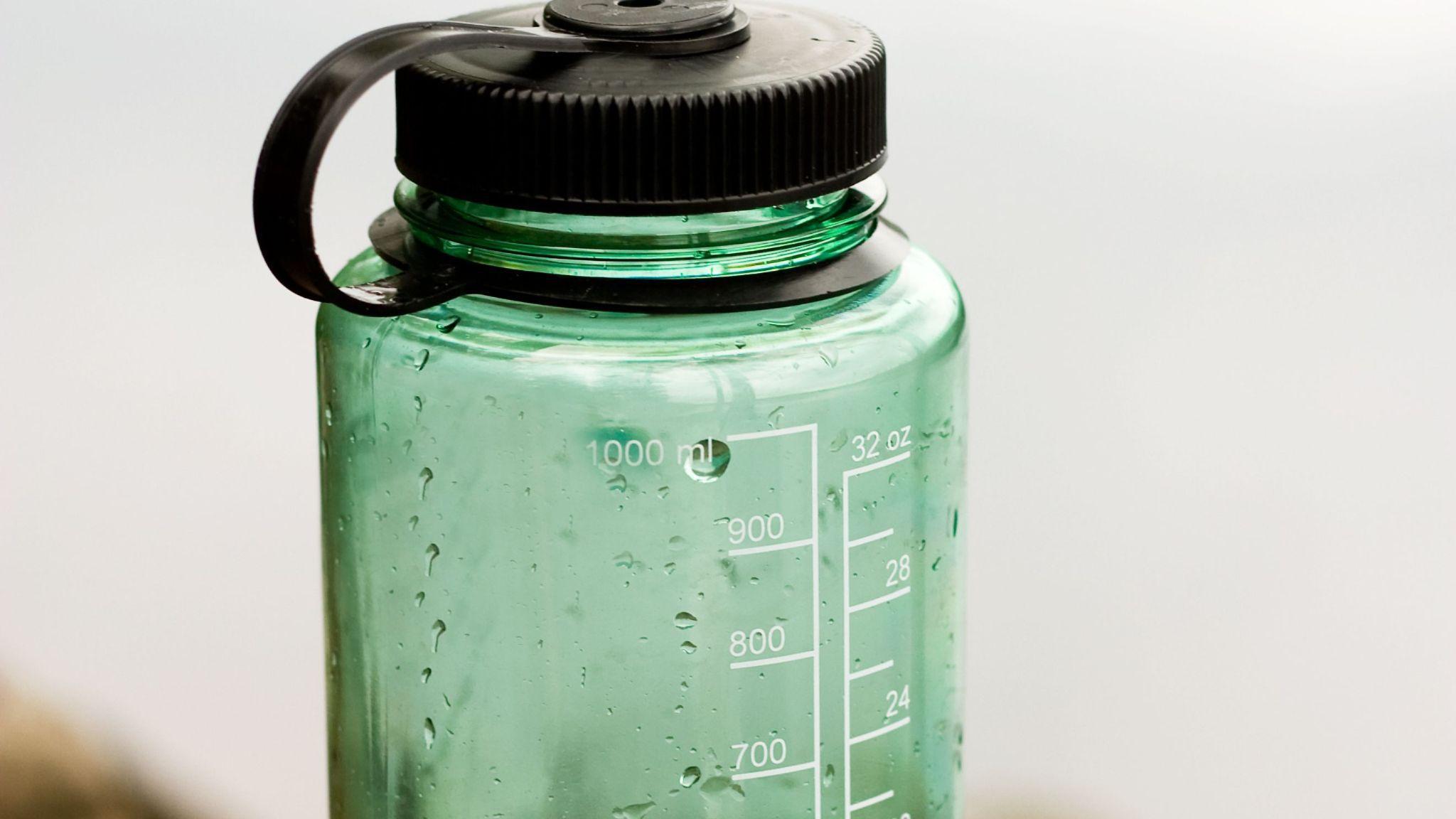
Dr. Mortensen reminded readers that they likely have had some sips out of a bedside cup before — and that they have been perfectly fine.
“…the risk that any significant bacterial exposure has developed is low,” the doctor said, “however, it’s not zero — especially if the bottle is not cleaned for some time.”
Can We Make Ourselves Sick?
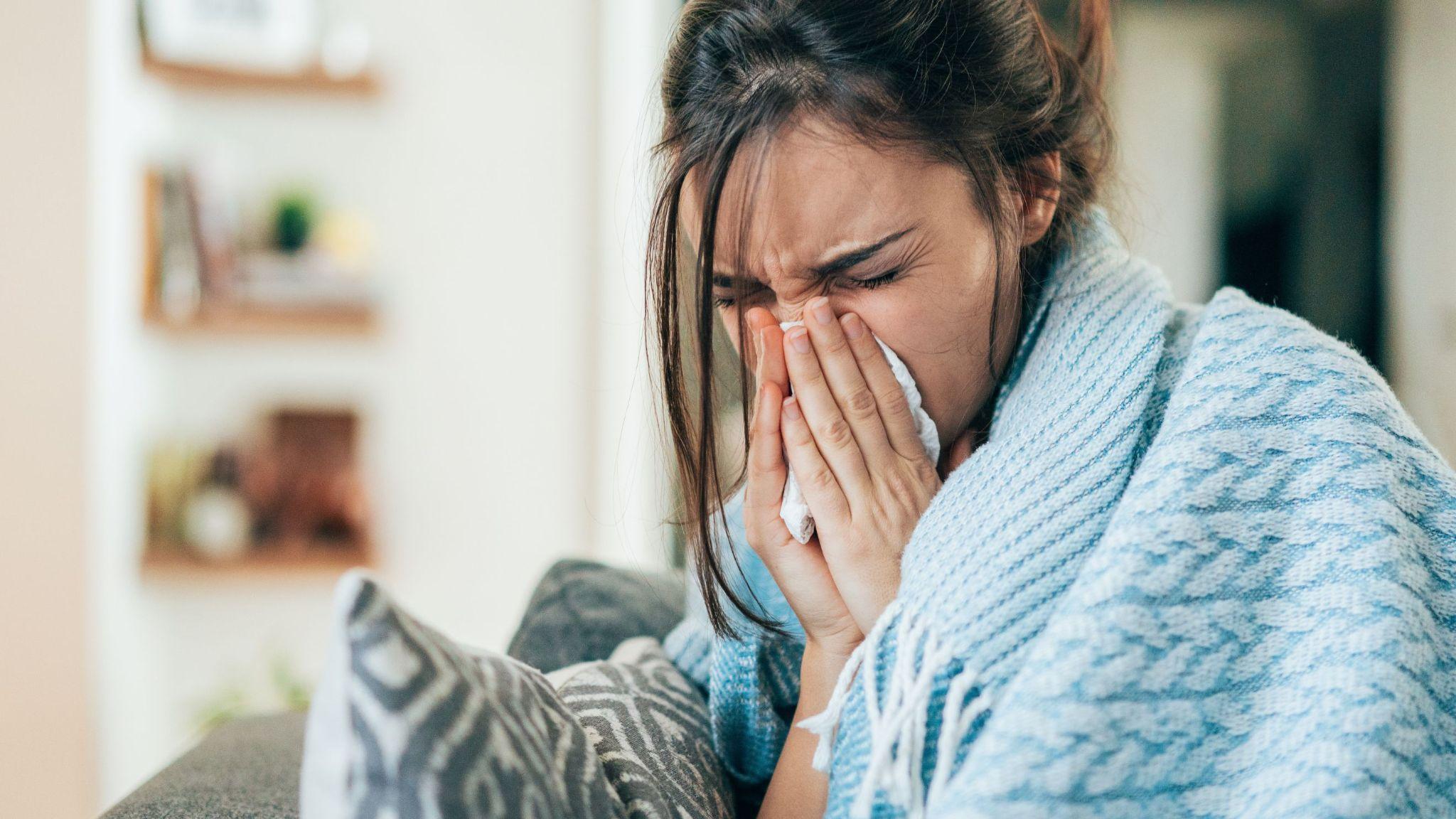
This begs the question — can we actually make ourselves sick? If the water is fresh in our bottles, and it’s just us sipping from them, what is the risk, exactly?
Yahoo! Life sat with scientist Jason Tetro to discuss, who advised that we can’t actually make ourselves sick from our own germs. (i.e., if you have a cold and drink from a cup you have been using prior to the cold, you’ll be okay).
It’s Not Just the Moisture

Leftover bottle moisture and stale water that has not been drunk, aren’t the only risks that we open ourselves up to from using reusable bottles incorrectly.
They can also be contaminated by the environment around us. If you take your bottle virtually anywhere outside your home (or even in your home), you’ve already been exposed.
Mmmm, Biofilm

Have you ever sipped on some residual “sliminess” in your water bottle that you don’t enjoy the taste or feel of? You might have consumed biofilm — which is the slimy, sugary coat the bacteria put around themselves when you’ve gone too long between washes.
The result? Cold and flu symptoms (or a possible upset stomach).
How Do I Minimize My Risk?
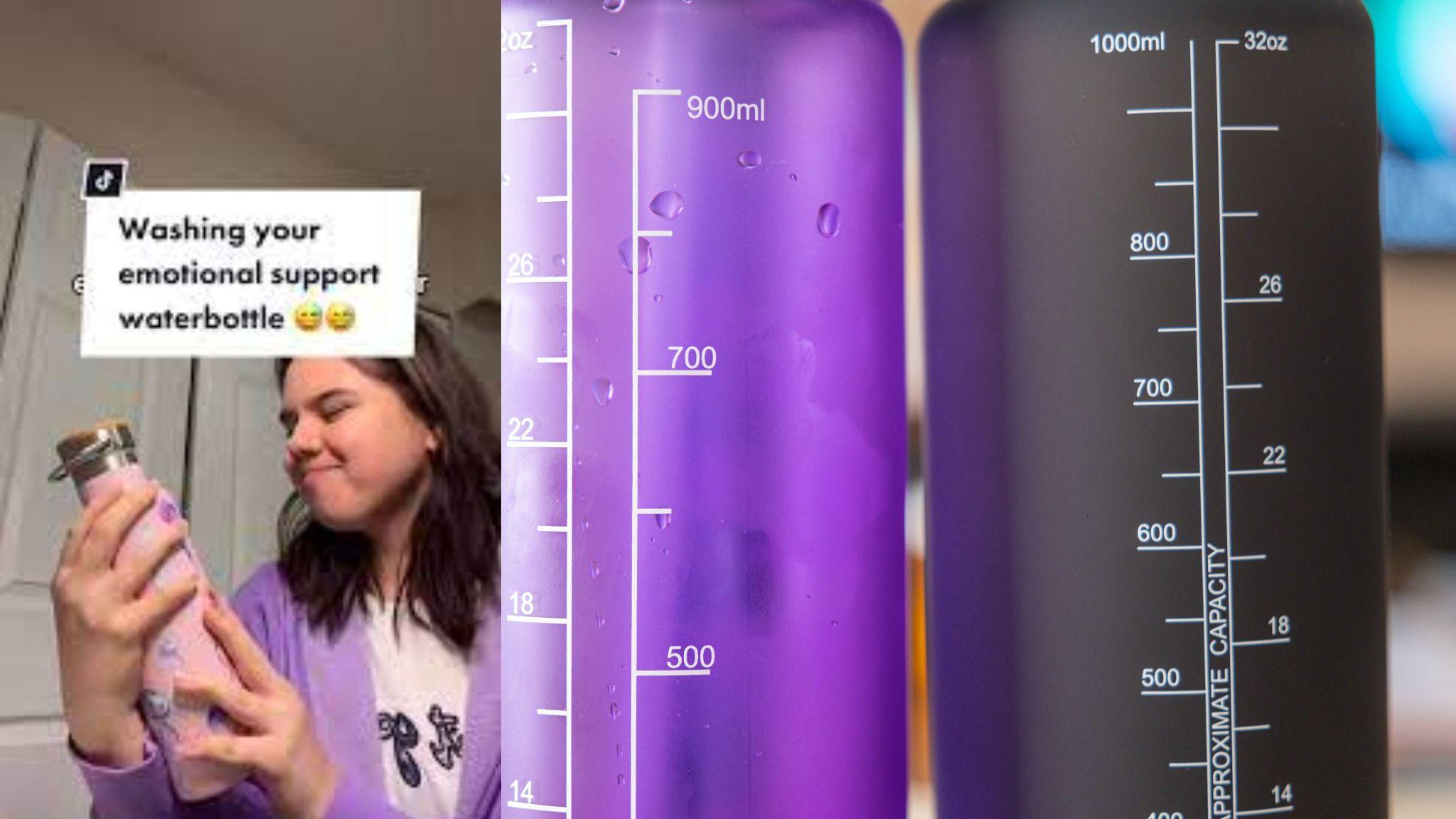
If you’re looking to minimize your risk of ingesting biofilms and other less-than-savory things in your water bottle, it’s best to wash it regularly — as in, once a day.
Additionally, Tetro notes that it’s best to refill your bottle at home from controlled sources, rather than from public taps. This way, you’re somewhat in control of what contaminants are around your bottle at any time.
Sippin’ on Mold
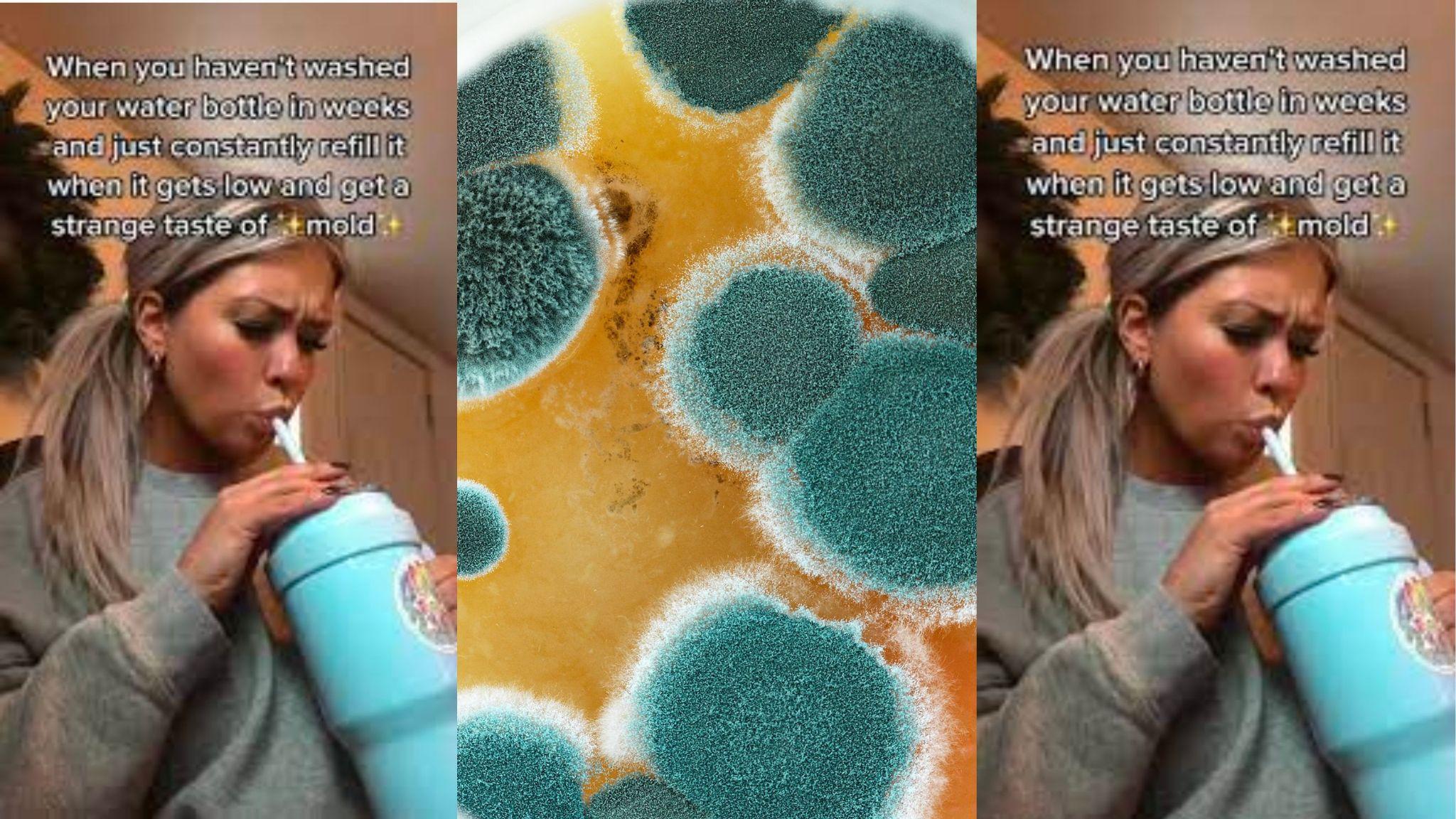
Unfortunately, biofilms, bacteria, respiratory illnesses and GI issues aren’t the only things we have to consider when we go too long without washing our water bottles. There’s one more risk to think about: Mold.
Mold can accrue over time, and can lead to serious health issues later on. Your water bottle is the perfect growth medium for mold.
What Can a Mold Infection Do?
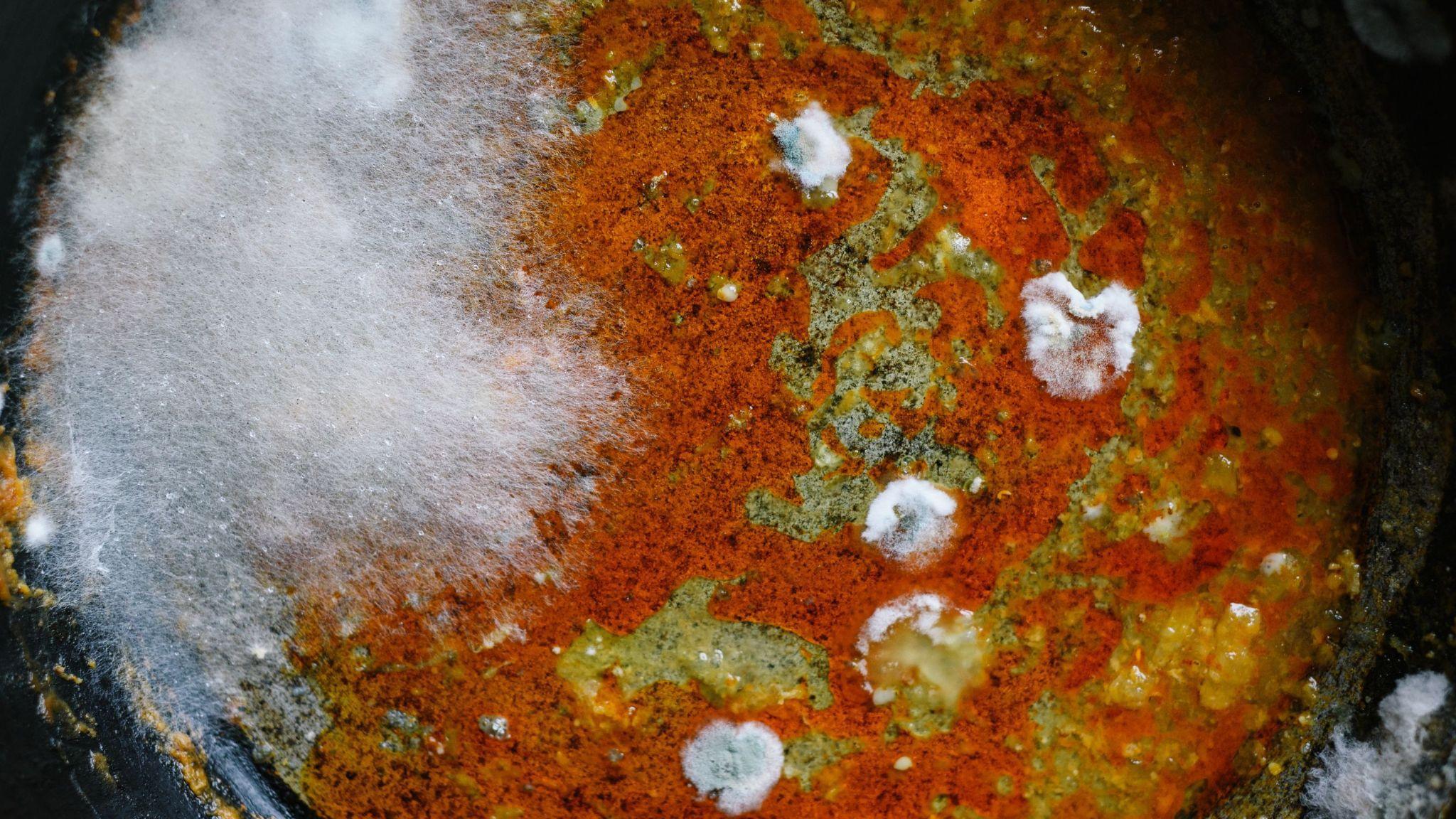
Symptoms of mold poisoning can vary from person to person. Generally speaking, however, symptoms of mold overexposure include burning eyes and skin, coughs and wheezes, congestion, and other issues.
People can also experience GI issues, disorientation, and co-morbid diagnoses, such as chronic fatigue.
How to Clean Your Bottle
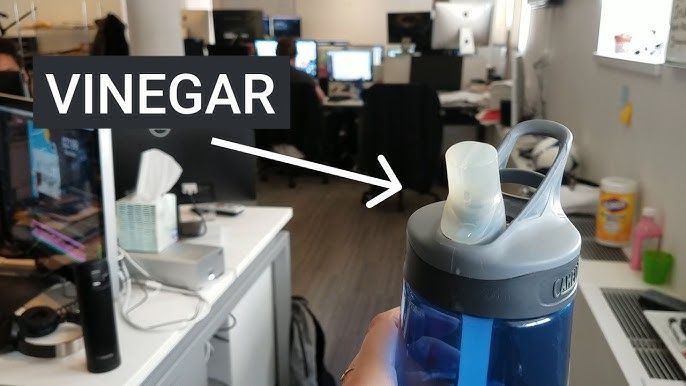
When it’s time to clean your bottle, Yahoo! Life notes that it’s best to use hot-as-you-can-stand-it water and regular dish soap. You might also want to buy bottle and straw brushes to get up in the corners of the bottle.
It’s best to wash it daily if you can, or at least every other day. Avoid using bleach, as this can cause odors to build up and affect your drink’s taste.








































